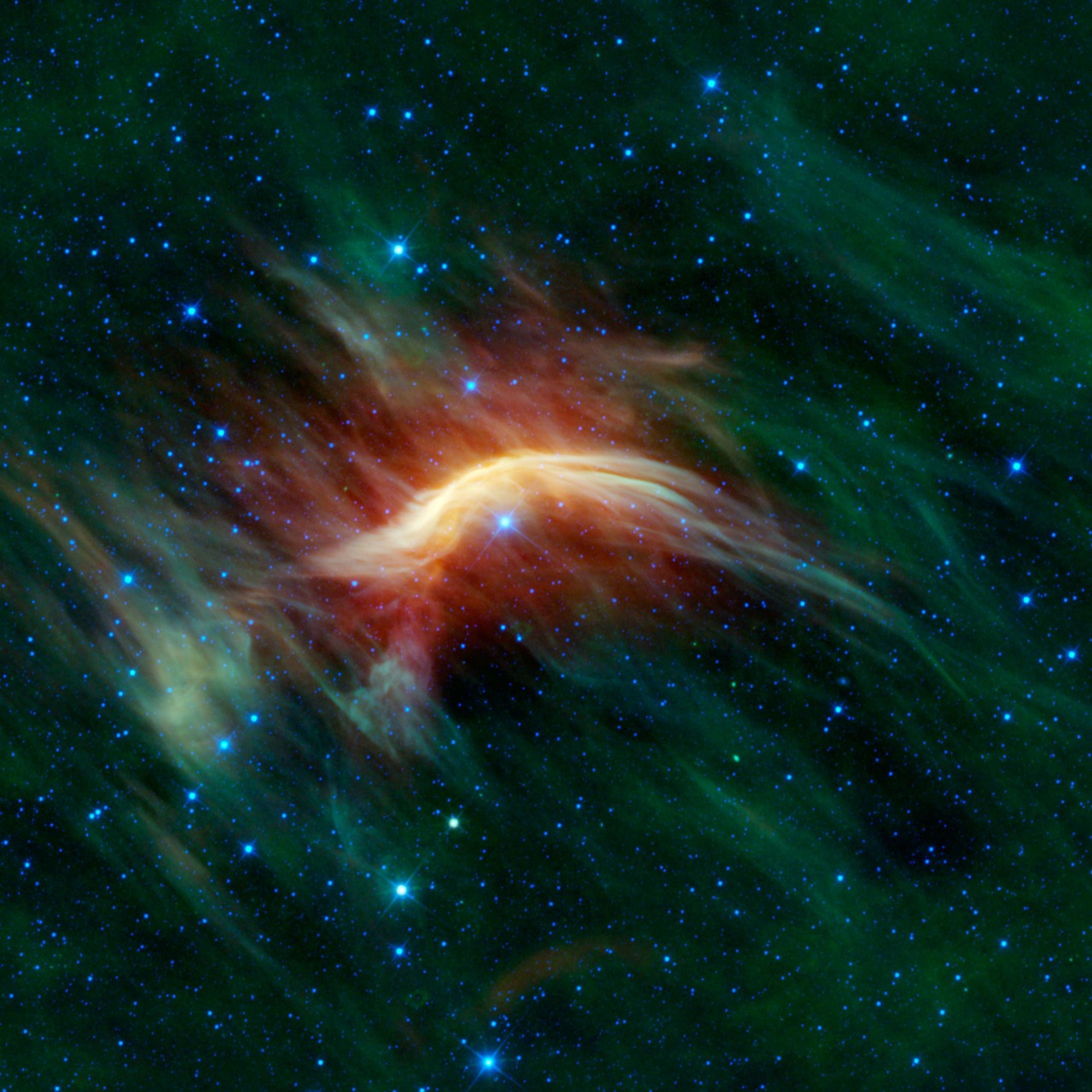You may have seen some of the beautiful photographs of sky objects that have been taken over the years by contributors to SPACE.com. Perhaps you’ve even wondered whether it might be possible for you to take photos of the night sky. The answer is most definitely “yes.” In fact, making the transition from normal photography to astrophotography is relatively easy. Astrophotography is a special adaptation of ordinary photography. You can make some interesting photographs of stars even with inexpensive equipment.
The basics
A fixed 35 mm camera should be mounted on a sturdy tripod to hold it rock steady. Try also to use a tripod with a three-way pan head. This makes it easier to aim your camera and frame the desired field. The camera must have a “B” or “T” setting, to allow the shutter to remain open for as long as you want. Many automatic cameras can’t do this.

You’ll need a cable release to allow tripping the shutter and locking it open without physically touching the shutter button, which can cause vibration. Don’t try to hold the shutter button down with your finger – jiggling of the camera is almost inevitable.
The camera shutter is opened to the widest aperture (or the lowest f-number) at which sufficiently good definition is obtained. Some photographers advise going not to the widest aperture, but rather down one f-stop for slightly improved sharpness. Note however that a stopped-down lens passes less light. Focus the lens at infinity (when very distant objects appear sharp in the viewfinder).
Film choice
A fast film – generally with an ISO rating above 400 – should be used to record the greatest number of stars. Any photography shop and even some convenience stores supply such films. Keep in mind that faster color films usually give less vivid star colors. If you try an extra-fast film, like ISO 1,600, you’ll get brighter but paler stars.
Transparency (slide) film tends to give better results than print film. Unfortunately, with advent of digital photography in recent years, slide film is becoming harder to find at some outlets.
The camera lens’ focal length determines how big the star field will be on the film. This is called the photographic scale. Typically, a standard 50 mm lens can cover a swath of sky roughly 30 by 50 degrees: large enough to capture star patterns like the Big Dipper or Orion.
Exposure length
Experiment with exposure length. Generally 10 to 20 seconds will suffice. With longer exposures, the turning motion of Earth will cause the star images to appear as short streaks instead of points. Star trailing is greatest for stars on or near the celestial equator, where the sky appears to move the fastest. Thus, a 40-second exposure of Orion, an equatorial group, shows about twice as much trailing as one of the Big Dipper.
Astronomers prevent star trailing by using “clock drives” to compensate for the Earth’s motion. Mounting your camera on a clock drive is the next big step in astrophotography, should you decide to get more involved.
In big cities, longer exposures unfortunately bring out haze from nearby bright lights, which obliterate faint star images after only a few minutes. Also watch out for clouds drifting toward your camera field.
If you’re fortunate, you might photograph an airplane. The running lights of a passing plane can give the impression that you’ve captured a pair of red meteors flying in apparent formation!
Helping the developer
At first glance your sky pictures may look strange to a technician – like they’re blank with nothing on them – and your film may be returned simply as negatives with a “better luck next time” insert. So before taking any pictures of the night sky, start your roll by photographing something while it is still daylight. This first picture will show the technician where to begin cutting the film. Also, be sure to give instructions that you want every frame printed (or made into a slide).
Digital cameras
Many people have found success photographing the night sky with digital cameras. But it’s not as simple as it might seem.
One problem with consumer digital cameras is that if you leave the shutter open for more than a couple of seconds, you will start to get electronic noise in the image. A lot of digital cameras won’t even let you open the shutter for more than a few seconds. According to Mike Durkin of New York’s Amateur Observers’ Society (AOS), digital cameras are good for bright objects that can stand some magnification.
“My first astrophoto with a digital camera was of the Moon,” Durkin said. “I just pointed my camera at the eyepiece and clicked. Most of the pictures streaked because my hands weren’t steady enough, but a couple were okay. The Moon is bright enough that you can get a so-so image this way. Since then I bought an eyepiece that threads directly into the camera.”
Ken Spencer, a professional photographer and a member of the Astronomical Society of Long Island (ASLI) agrees. Spencer first tried digital astrophotography a few years ago with an Apple QuickTake 200, which was limited to 640×480 pixel images.
“Just for fun, I hand-held it over the eyepiece of my 6-inch f/6 homebuilt Newtonian reflecting telescope, and photographed the Moon,” he said. “Sent the photo to a guy who had a website for users of the camera, and he was amazed. That was then, this was now, but that kind of photography should work for anyone.”